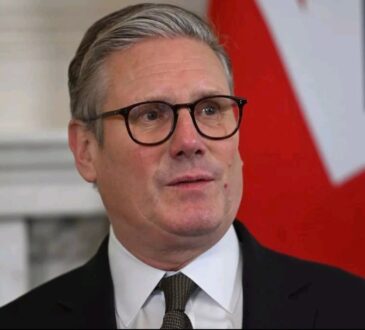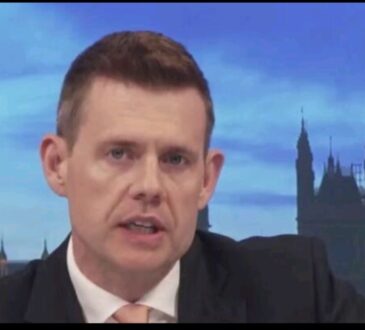
London’s ambitious Ultra Low Emission Zone (ULEZ) expansion has been thrust into turmoil following a groundbreaking legal victory by a scaffolder, Noel Willcox. The ruling has exposed serious concerns about the legality of signage associated with its sister scheme, the Low Emission Zone (LEZ), raising questions about transparency, enforcement, and the clarity of the charging system for drivers traveling to London from other parts of the country.

Noel Willcox, a 48-year-old scaffolder, successfully challenged the legality of LEZ signs in a recent tribunal decision, sending shockwaves through Transport for London (TfL). Willcox had incurred staggering fines totaling £11,500 for driving a company truck to and from a depot in Harefield, North West London, within the LEZ. This zone imposes hefty charges of up to £300 per day on highly polluting vans and heavy goods vehicles (HGVs).
Undeterred by the fines, Willcox appealed his case, and the tribunal’s verdict found the LEZ signs to be “unauthorized and unlawful.” This ruling has cast doubt on the enforcement of the scheme and ignited concerns about how transparently charges are communicated to drivers, especially those not familiar with London’s emission zones.
In an interview with GB News, Willcox explained his ordeal and highlighted the confusion surrounding charges for out-of-town drivers, stating, “It was through the pandemic where we received £11,500 worth of fines.” He attributed this to a lack of awareness about camera locations and charges.
The complexity of the situation became evident as failure to pay mandated charges resulted in escalating fines. Willcox detailed the penalties, saying, “Because on an HGV, you’re meant to pay £100 every time you go into the LEZ, and if you didn’t pay that, you were given a £1,000 fine. If you don’t pay the £1,000 within a certain amount of time, you then pay £15,000.”
This legal victory has far-reaching implications, highlighting the importance of clear and lawful signage in emission zones. It draws attention to the broader system of charges and penalties associated with such zones, prompting a reassessment of their implementation and communication strategies.
This development occurs concurrently with the ULEZ expansion, aimed at further reducing emissions by extending the zone to a larger area within London. It also raises questions about the pandemic’s impact on administrative processes.
Willcox’s account of Royal Mail’s delayed deliveries contributing to drivers’ lack of awareness underscores the challenges posed by exceptional circumstances. The tribunal’s ruling emphasizes the need for comprehensive communication strategies, especially during times of disruption.
In conclusion, Noel Willcox’s successful challenge of LEZ signage’s legality has thrown the ULEZ expansion into disarray. This incident highlights the intricacies of emission zone charges and their enforcement.
It underscores the importance of effective communication, particularly during exceptional circumstances, and prompts a reevaluation of the transparency and clarity of such systems. As London navigates the complexities of environmental initiatives, the need for lawful implementation and public understanding remains paramount.




